
Staco Prokaryotic Cell Model
Prokaryotes are single-celled organisms belonging to the domains Bacteria and Archaea. Prokaryotic cells are much smaller than eukaryotic cells, have no nucleus, and lack organelles. All prokaryotic cells are encased by a cell wall. Many also have a capsule or slime layer made of polysaccharide.

56 Ideas For Prokaryotic Cell 3d Model Free Mockup
1.11: Prokaryotic Cells. Distinguish between prokaryotic cells and eukaryotic cells in terms of structure, size, and the types of organisms that have these cell types. Identify structures of bacterial cells in models and diagrams, including details of Gram-positive and Gram-negative cell walls and flagella.

Pin by Magpie on ชีวะ Prokaryotic cell, Eukaryotic cell, Prokaryotic cell model
Prokaryotic cells are not as simple as once thought. They have diverse and dynamic organelles that perform various functions and shape the cell. This article reviews the recent advances in the cell biology of prokaryotic organelles, such as membrane-bound compartments, protein-based structures and DNA segregation systems.
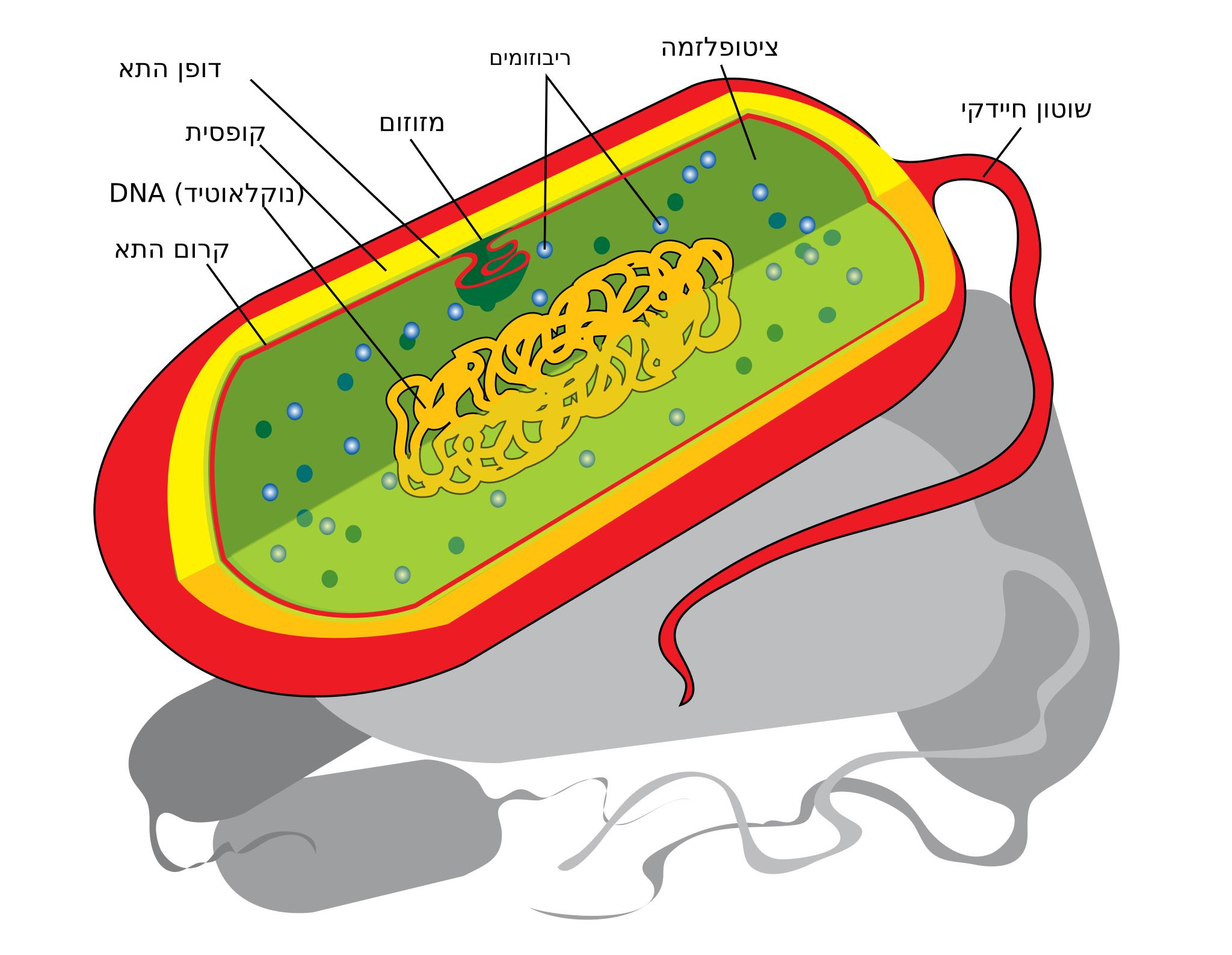
Free Images prokaryote cell diagram he
Summary. Prokaryotes are predominantly single-celled organisms of the domains Bacteria and Archaea. All prokaryotes have plasma membranes, cytoplasm, ribosomes, and DNA that is not membrane-bound. Most have peptidoglycan cell walls and many have polysaccharide capsules. Prokaryotic cells range in diameter from 0.1 to 5.0 μm.

Prokaryotic Cell Model YouTube
Prokaryotic Cell Diagram and Facts. The main components of a prokaryotic cell are the plasma membrane, cytoplasm, ribosomes, and nucleoid region. Cells vary regarding other components. A prokaryotic cell is a type of cell that lacks a defined nucleus and other membrane-bound organelles. These cells are structurally simpler and smaller than.

Prokaryote Detailed Pedia
A prokaryotic cell is a type of cell that does not have a true nucleus or membrane-bound organelles. Organisms within the domains Bacteria and Archaea are based on the prokaryotic cell, while all other forms of life are eukaryotic. However, organisms with prokaryotic cells are very abundant and make up much of Earth's biomass. Overview

Prokaryotic Cell 3D Model Zirzow Gallery Art by Amanda Zirzow
Bacteria Bacteria are microorganisms made up of a single prokaryotic cell. There are two general categories of cells: prokaryotic and eukaryotic. Sometimes, organisms are referred to as prokaryotes or eukaryotes, based on the type of cell (s) that compose them. 1. Prokaryotes are small and lack membrane-bound nuclei

STL file Prokaryotic Cell・3D printer model to download・Cults
Most prokaryotes have a cell wall outside the plasma membrane. Figure 27.2.2 27.2. 2: The features of a typical prokaryotic cell are shown. Recall that prokaryotes are divided into two different domains, Bacteria and Archaea, which together with Eukarya, comprise the three domains of life (Figure 27.2.3 27.2. 3 ).
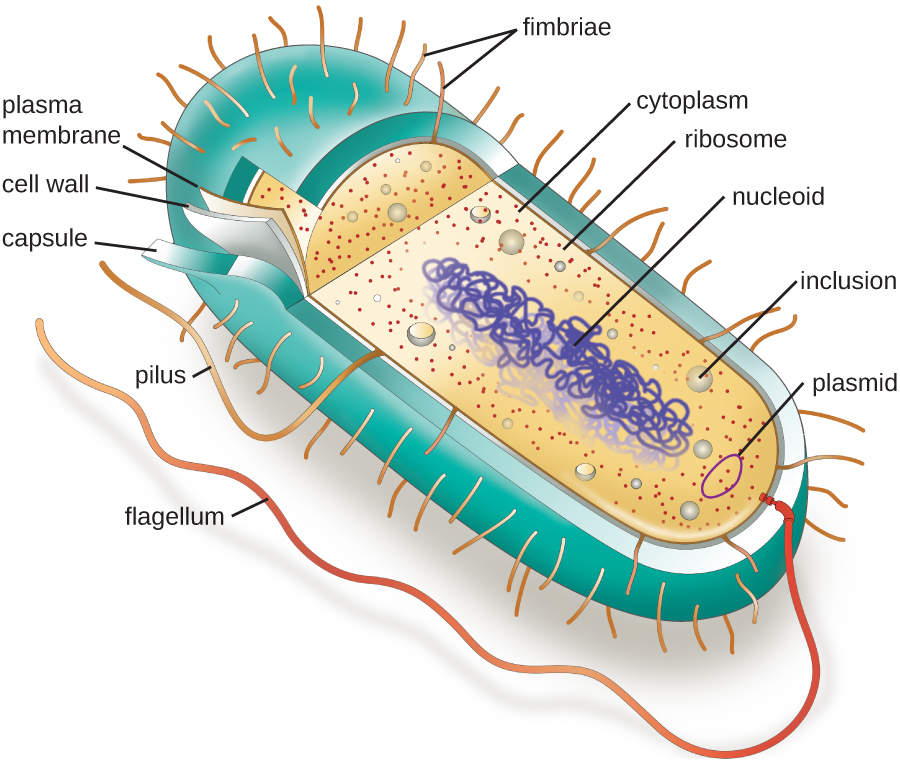
Unique Characteristics of Prokaryotic Cells · Microbiology
A prokaryote is a simple, single-celled organism that lacks a nucleus and membrane-bound organelles.
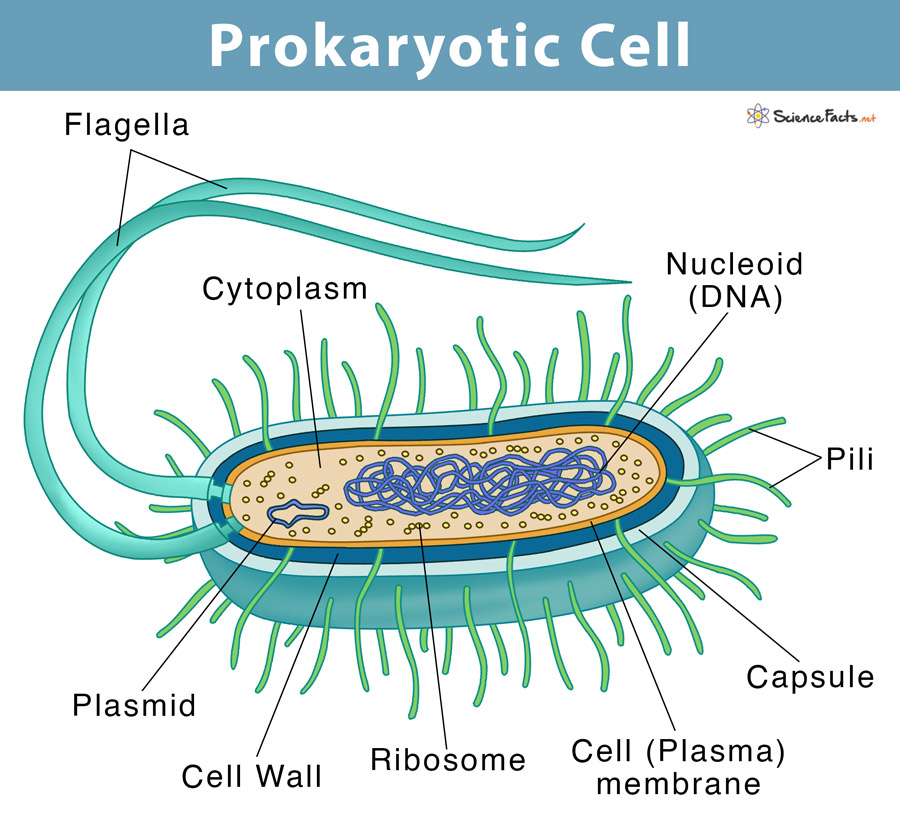
Prokaryotic Cell Definition, Examples, & Structure
Prokaryotic cell transcriptomics has been limited to mixed or sub-population dynamics and individual cells within heterogeneous populations. Here the authors develop a 'TRANSITomic' approach.

Prokaryotic Cell by zirzow Thingiverse Prokaryotic cell, Biology projects, Cell model project
Summary. Prokaryotes are predominantly single-celled organisms of the domains Bacteria and Archaea. All prokaryotes have plasma membranes, cytoplasm, ribosomes, and DNA that is not membrane-bound. Most have peptidoglycan cell walls and many have polysaccharide capsules. Prokaryotic cells range in diameter from 0.1 to 5.0 μm.

Prokaryotes Intro at Austin Community College StudyBlue
The gap between the two DNA fragments is sealed by DNA ligase, which helps in the formation of phosphodiester bonds. Table 14.4.1 14.4. 1 summarizes the enzymes involved in prokaryotic DNA replication and the functions of each. Table 14.4.1 14.4. 1: Prokaryotic DNA Replication: Enzymes and Their Function. Enzyme/protein.
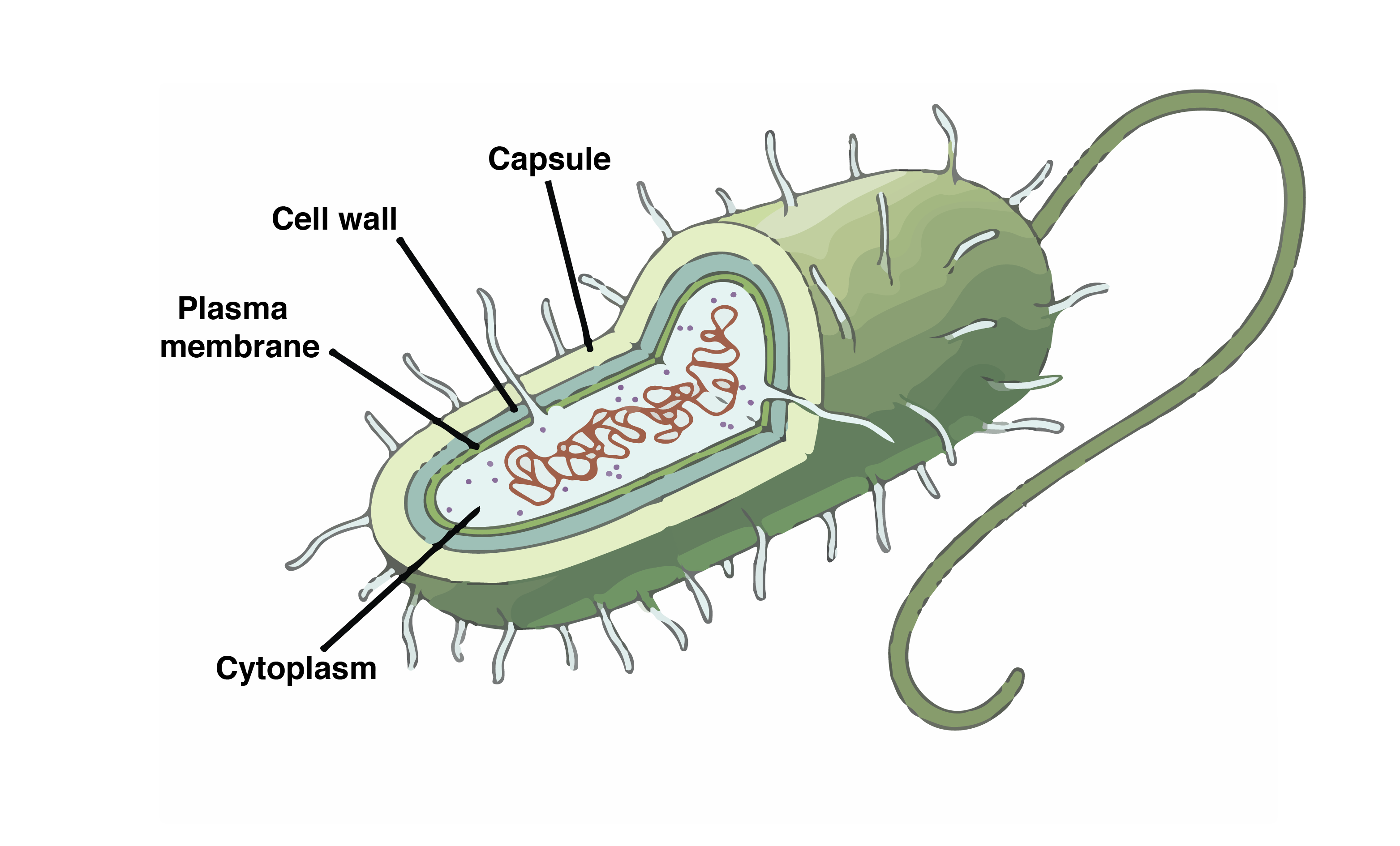
Prokaryotic Gene Structure Chloe's Science
A. The prokaryotic cells have a nucleus, while the eukaryotic cells do not. The prokaryotic cells have cytoplasm, and eukaryotic cells do not. B. The prokaryotic cells have cytoplasm, and eukaryotic cells do not. The prokaryotic cells are much smaller than the eukaryotic cells. C. The prokaryotic cells are much smaller than the eukaryotic cells.

FileProkaryote cellro.svg Wikipedia
5 Prokaryotic Cell 9.9k 2 8 View all Buy Prokaryotic-cell 3D models Prokaryotic-cell 3D models ready to view, buy, and download for free.
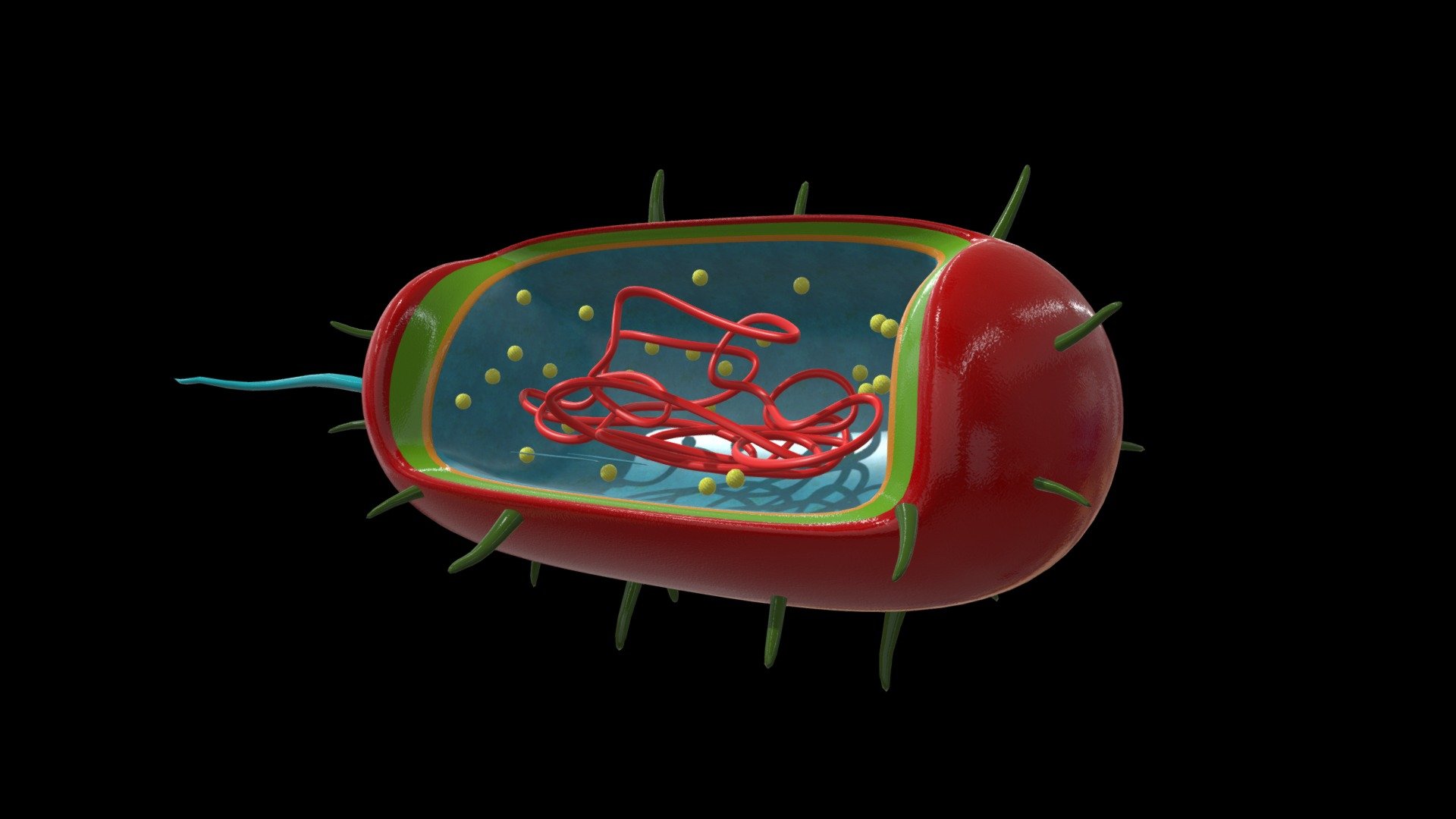
Prokaryote Cell 3D model by University of New England Archaeology (Melanie_FilliosUNE
Diagram Components Reproduction Examples What is a Prokaryotic Cell? Prokaryotic cells are single-celled microorganisms known to be the earliest on earth. Prokaryotes include Bacteria and Archaea. The photosynthetic prokaryotes include cyanobacteria that perform photosynthesis.

Prokaryotic cell ribosomes model 1149003 TurboSquid
E. coli. Because of their comparative simplicity, prokaryotic cells (bacteria) are ideal models for studying many fundamental aspects of biochemistry and molecular biology. The most thoroughly studied species of bacteria is E.coli, which has long been the favored organism for investigation of the basic mechanisms of molecular genetics.Most of our present concepts of molecular biology.